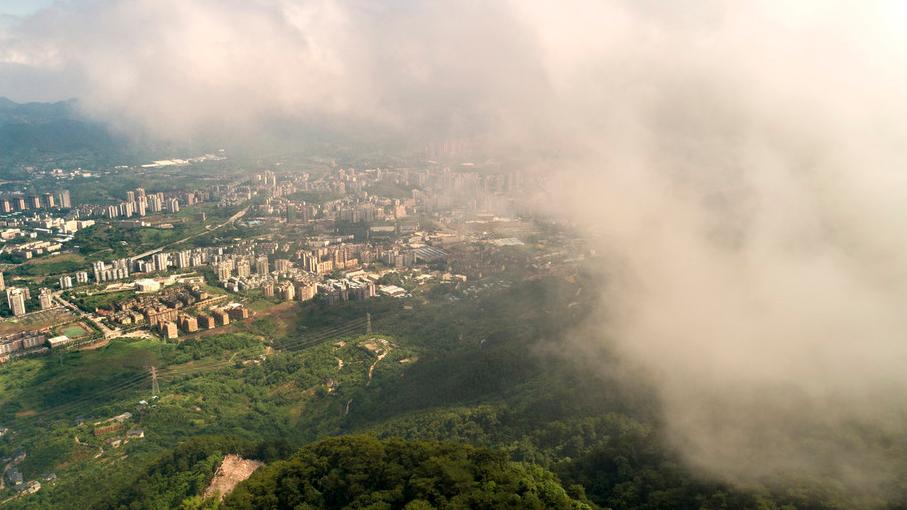China’s Ministry of Ecology and Environment (MEE) released its Report on China’s Air Quality Improvement (2013-2018) on June 5. According to the report, the concentration of several air pollutants declined at the same time as the energy consumption grew by 11 percent. The average concentration of fine particulate matter with a diameter of less than 2.5 microns (PM2.5) in 74 cities dropped by 42 percent and the average concentration of sulfur dioxide reduced by 68 percent.
Meanwhile, the report also revealed the inadequacies in environmental governance: over 60 percent of Chinese cities failed to reach the national requirement of 35 microns per cubic meter for the annual average concentration of PM2.5, reported The Beijing News.
Yu Ping, a media professional, wrote in the newspaper that the informative report shows to the public the whole picture of China’s air quality control in the last five years. Unlike previous self-praising ones, the report also does not cover up inadequacies, but faces up to them.
That the MEE released such a report is a good reference for local environmental authorities in how to present their own progress, Yu said. The reason is that while environmental governance has taken an increasing weight in local officials’ job appraisals, some places fail to elaborate on the results and shortcomings – even when they present data, they do it in an unscientific, not objective manner.
Several years ago, for example, a provincial environmental department announced that 59 polluted rivers under its jurisdiction had reached a standard suitable for fish, claiming that its water quality had made an enormous improvement. Many doubted this reasoning, adding that more data should be released to the public to substantiate the claims, Yu wrote.

 Old Version
Old Version